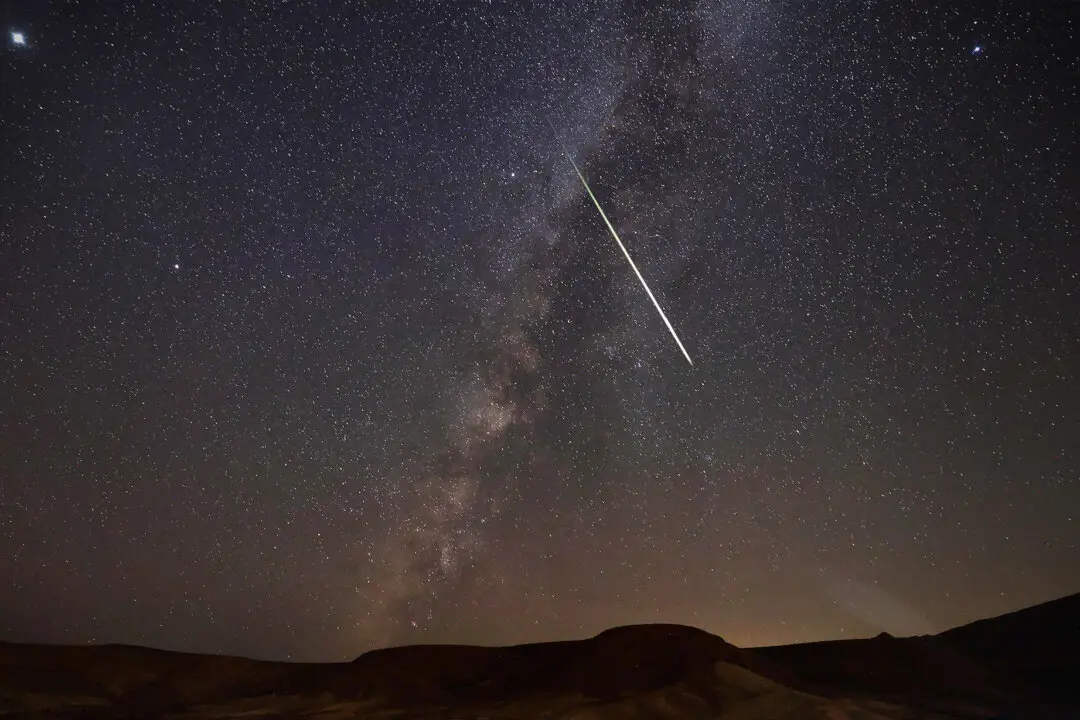Many Americans will look skyward for the spectacle of fireworks during this Saturday night’s Fourth of July celebration. It will be a celebration of America’s independence at a point in history like no other.
Meanwhile, there will be a lunar spectacle to enjoy on that very same night in that very same night sky!






